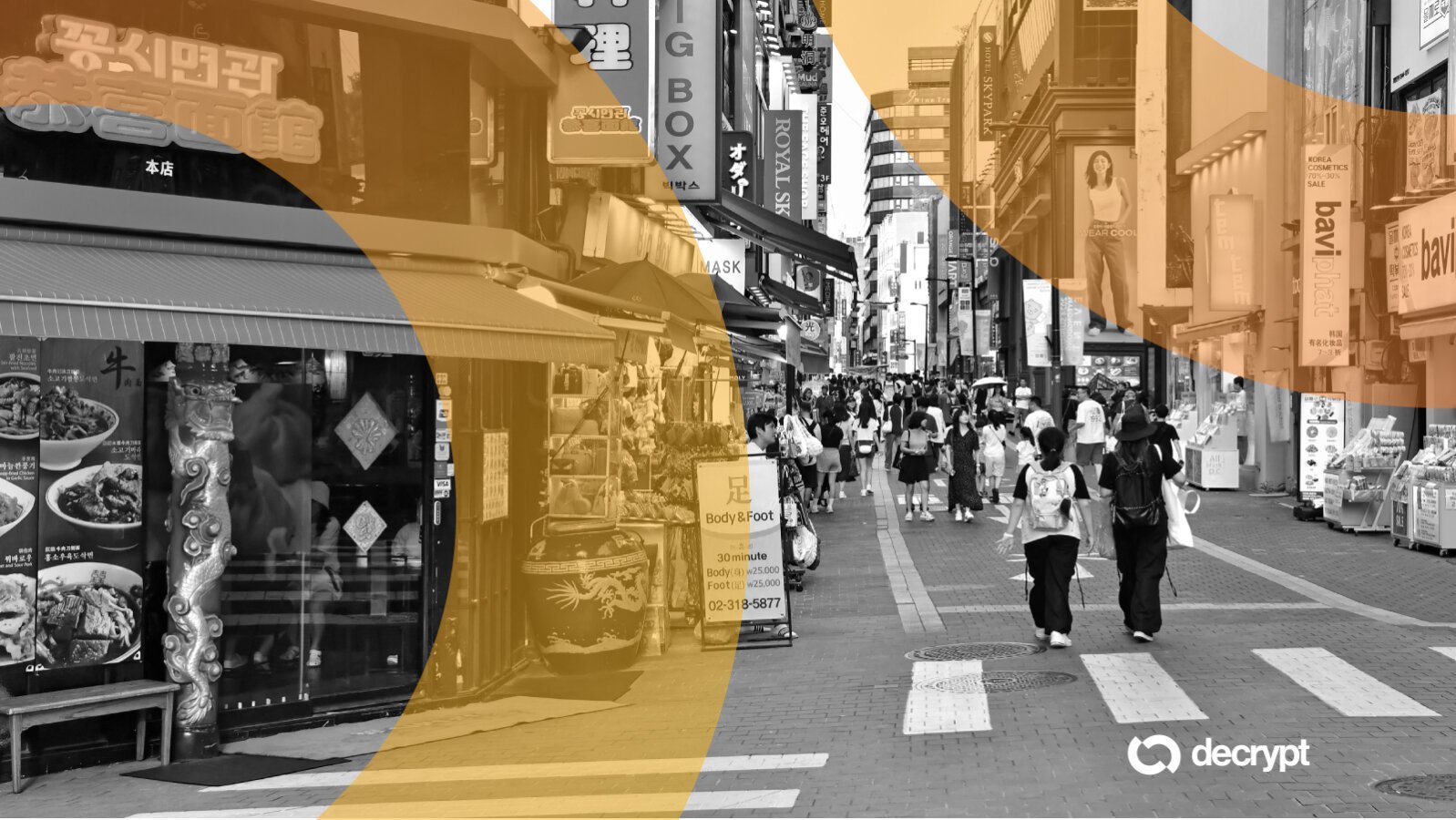Upbit Shakes Up Crypto With New Ethereum Layer 2 ’GIWA’ Launch

South Korea's crypto giant just dropped a bombshell—and the infrastructure race will never be the same.
Upbit, one of Asia's largest digital asset exchanges, unveiled its Ethereum Layer 2 solution named 'GIWA'. The move positions the platform directly against other scaling giants—and signals a major shift from mere trading to blockchain infrastructure dominance.
Why This Matters
Layer 2 solutions are eating Ethereum's lunch by slashing fees and turbocharging transactions. Upbit's entry isn't just another rollup—it's a strategic power grab. By owning the stack from exchange to chain, Upbit could capture more value, reduce reliance on external networks, and—let's be real—print even more revenue.
Timing & Traction
The announcement comes as Ethereum continues struggling with congestion and gas fees that make traditional finance look almost reasonable. GIWA promises faster finality and lower costs—key selling points for traders and developers tired of waiting and paying.
But Let's Get Cynical
Because what’s a crypto announcement without a hint of opportunism? Another chain, another token, another ecosystem to bootstrap. Will GIWA attract real devs and users—or just become a branded liquidity pool for Upbit’s own ecosystem? Only time will tell if this is genuine innovation or just infrastructure theater.
One thing's certain: the infrastructure wars are heating up—and exchanges aren’t just watching from the sidelines anymore.
Diversification play
GIWA is built on Optimism’s OP Stack, with its public testnet targeting one-second block times. A dedicated GIWA Wallet application is in development, per details on its official documentation.
Analysts say the network's design raises familiar questions around centralization.
Like Coinbase’s Base, GIWA is expected to begin with a single sequencer under operator control, a model that can give exchanges significant influence over transaction ordering and potential maximal extractable value (MEV) capture.
In Ethereum-based Layer 2 networks, a sequencer orders transactions, groups them into batches, and submits them back to Ethereum for settlement.
Earlier this month, a regulatory report cautioned that exchange-operated LAYER 2 networks could in practice function as trading venues, raising questions over whether similar scrutiny may extend to Asia.
Similar to Upbit, large exchanges such as Coinbase in the U.S. also have “centralized sequencer issues,” Jay Jo, senior analyst at Seoul-based Tiger Research, told Decrypt. “Both Coinbase and Upbit focus more on financial infrastructure innovation and utility than decentralization. They'll likely operate similarly.”
“Sure, Upbit tried diversifying with Levvels, NFTs, and overseas exchanges in Thailand and Indonesia. Most failed,” he said.
Still, even if those have failed and regulatory risks exist, Upbit “operates under the direct supervision of Korean authorities,” Jo said, noting that the crypto exchange had likely reached some agreements with regulators before moving forward with GIWA.
Given this, Upbit WOULD need “growth drivers since domestic volumes declined after 2021 and competition keeps intensifying,” he said, adding that fee-based models have clear limits, because previous attempts at revenue diversification have failed to deliver.
Building its own chain could leverage its advantages, Jo said, pointing to a “massive user base and liquidity” for Upbit.
“This might be their most realistic diversification play.”

